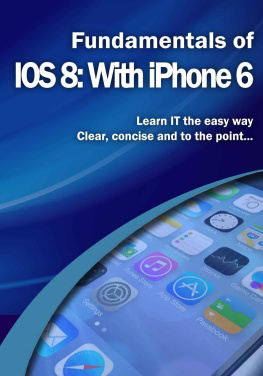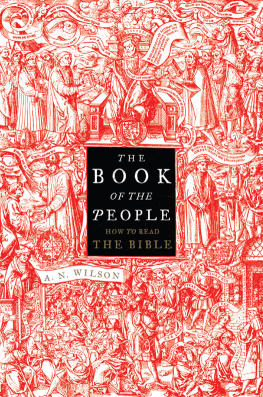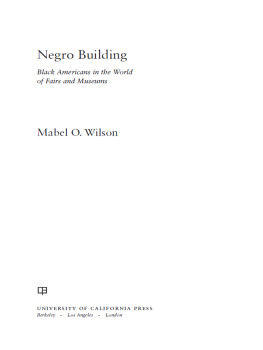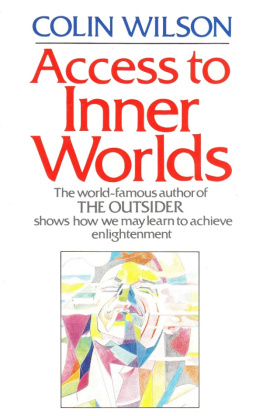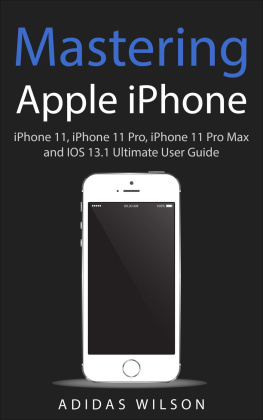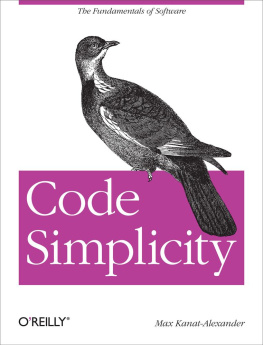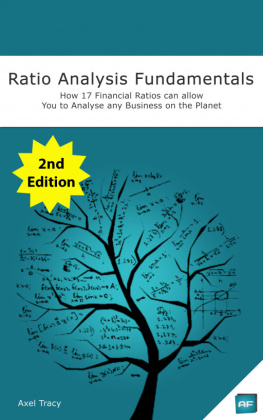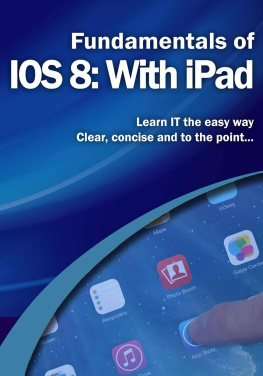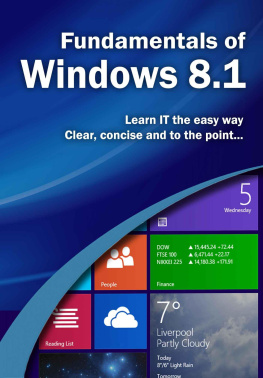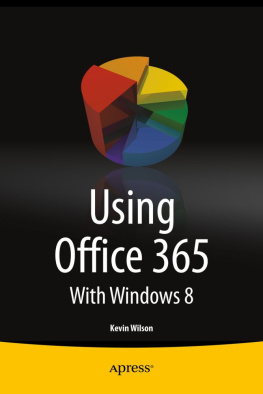Insert the SIM eject tool or the end of a paperclip into the small hole and push firmly, until the SIM tray releases
Place the Nano SIM card into the tray. The angled corner ensures that the SIM can only be inserted one way
Slide the SIM tray back into the slot. Push the SIM tray firmly, until it is flush with the device.
Initial Setup
To use iPhone, you need and internet connection and an Apple ID for some features
Turn iPhone on and follow the Setup Assistant. This will guide you through the process
Swipe your finger across the bottom of the screen.

Select Language and Select Country or Region.
Select your Wi-Fi Network. This is where you will need your network key.

Location Services. The location services allow the iPhone to determine your current physical location. Some apps require this, such as maps, etc
Set up as New iPhone. Tap Restore from iCloud backup if you are upgrading from and old iphone.

Tap sign in with your Apple ID, tap sign in with an applie id, enter the username and password. Or create new Apple ID if you dont have one.

Agree to Terms and Conditions. Then Set Up iCloud. Tap use iCloud.

Tap Use Find My iPhone. This is a useful feature if your iPhone is lost or stolen and allows you to pinpoint its location.

Tap Use Siri.

Diagnostics. Tap dont send.

Tap OK to Get Started.
When you sign into your iPhone you will see the home screen.

The home screen has a status bar at the top that displays current networks (cellular or wifi etc) and services on the left. In the centre is a clock that displays local time. On the right hand side is a battery indicator .
In the centre of the screen are icons of the apps that are currently installed on the iPhone. Some are on already but many can be downloaded from the app store.
Along the bottom of the screen is the Dock. These are the 4 most used apps such as web browsing, email, photos, and music. Might also be phone, mail, safari or music on an iPhone.
Here is the front of a typical iPhone. Note some icons have been enlarged to make it clearer and easier to read in printed form.

Here we have the home button, whenever you want to get back to the home screen from any app, just press this button
This diagram shows the rear, showing volume controls, speakers and dock connectors etc.

Connecting your iPhone to a Mac/PC
Your iPhone cable connects to the underside of your iPhone.

The other end of the cable can be plugged into a PC or Mac to allow you to load on music, photos, apps etc.

Or it can be plugged into the charger directly to charge up your battery without having to go through a computer.

Using iTunes
To access your iPhone from a computer you will need to have iTunes software installed on your computer/mac
You can download it from
www.apple.com/itunes
On iTunes website, click the download link on the top right. Then on the next page remove the ticks from the two boxes shown below right.

If you want apple to send you lots of notifications via email, enter email address. Otherwise leave it blank.
Click the download now button.
Synching your iPhone with your Mac/PC

